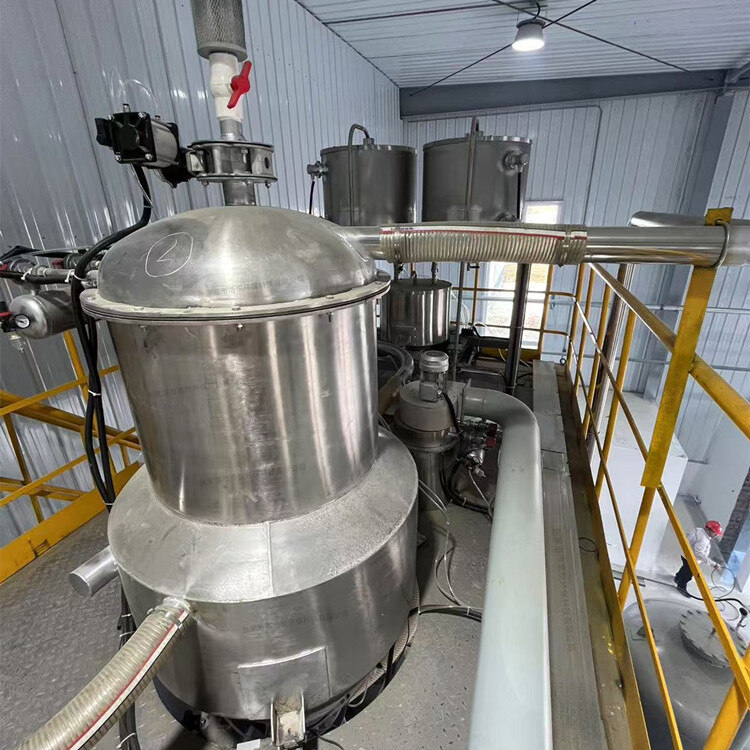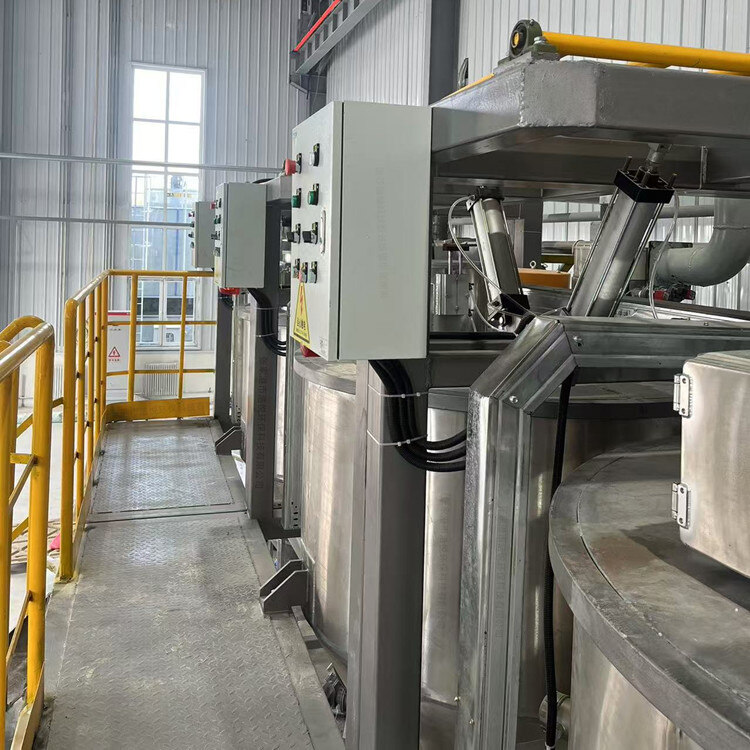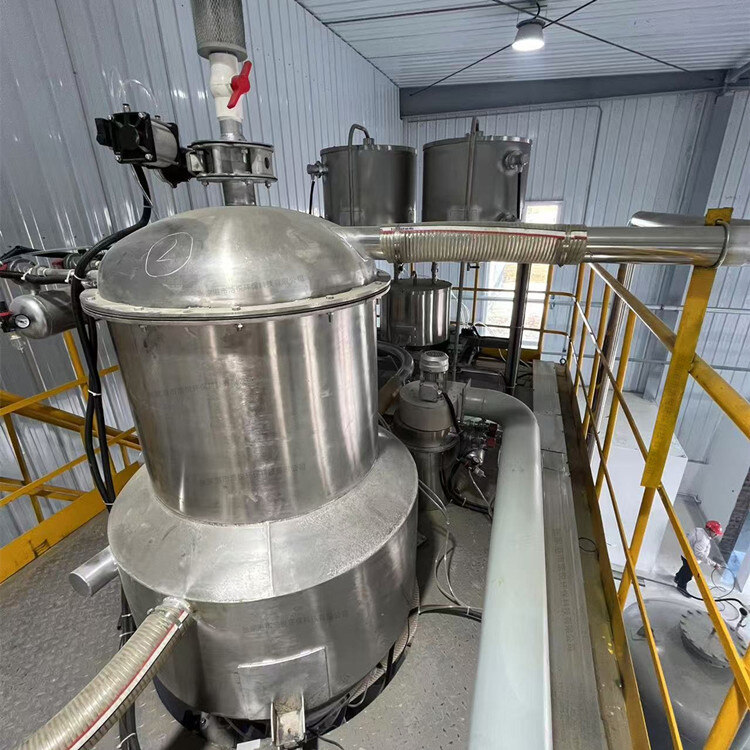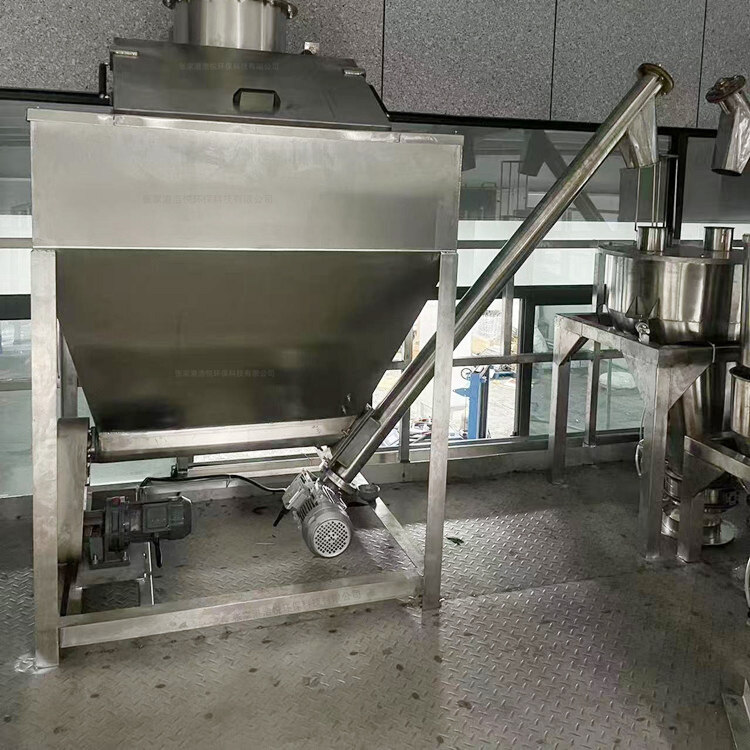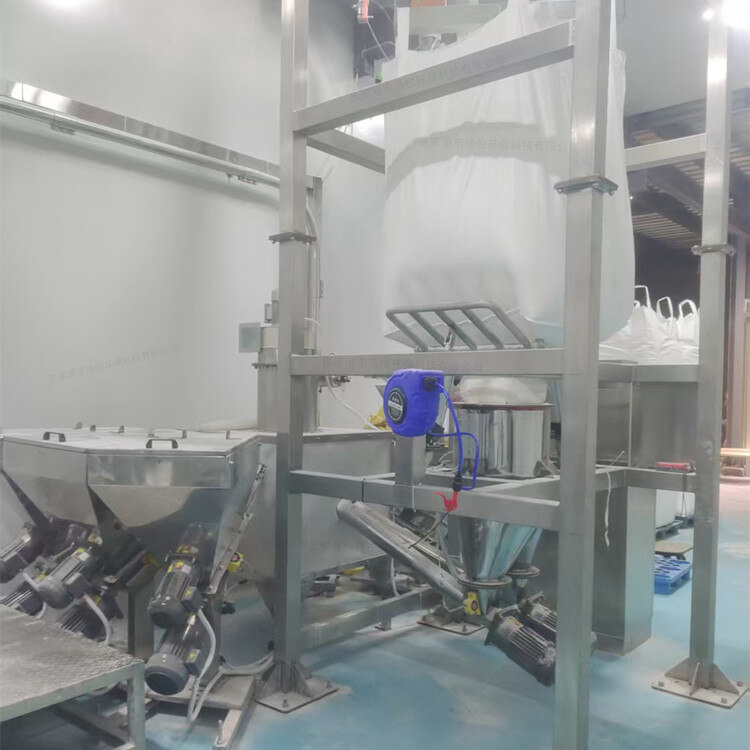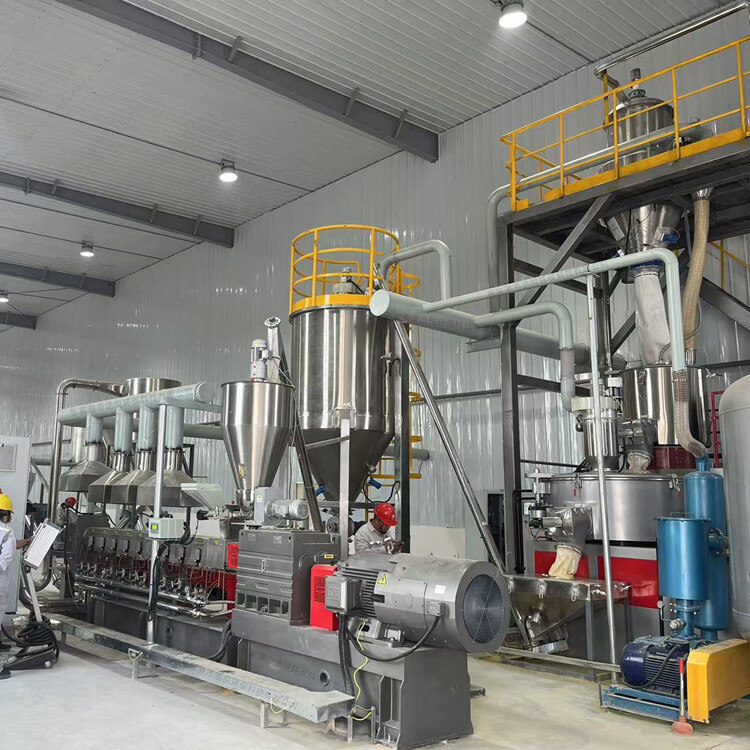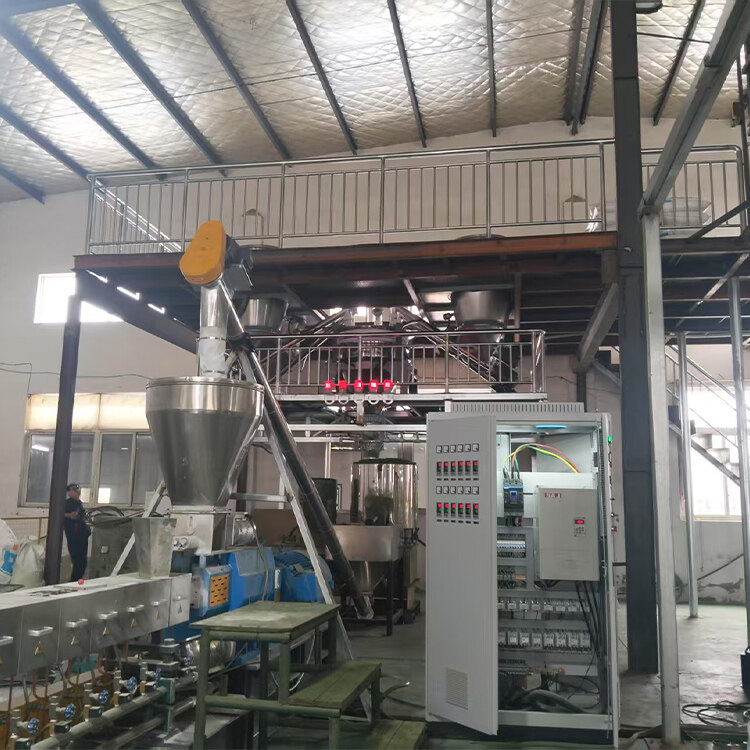- Introduction to automatic batching machine and fully automatic batching machine equipment
- The powder metering system tells you about the introduction of the mixing and drying machine
- 1000kg vacuum feeding machine
- Fully automatic small material batching system
- Research on Innovation of Automatic Weighing Machine Technology
- Design and operation of automatic batching system using PLC, industrial computer and frequency converter
Liquid metering ingredients
- Category:Batching Plant
- Hits:124次
- Release Date:2025-06-30
- Share:
- Inquiry
- Details
In modern industrial production, liquid metering and batching are key links to ensure product quality and production efficiency. Whether it is the blending of food and beverages, the mixing of chemical raw materials, or the production of formulations in the pharmaceutical industry, precise liquid metering of ingredients is an indispensable basic operation. It achieves standardization of formulas and stabilization of production processes through precise quantitative control of different liquid materials, thereby ensuring consistency and reliability of the final product.
1、 Basic principles of liquid metering and batching
Liquid metering ingredients are mainly based on three principles: volume metering, mass metering, and flow metering. Volume measurement is the most common method, which determines the quantity of a liquid by measuring the size of the space it occupies. Simple tools such as measuring cylinders and burettes, as well as industrial equipment such as volumetric measuring pumps, all use this principle. Quality measurement is the direct measurement of the quality of a liquid. Compared to volume measurement, it is not affected by external factors such as temperature and pressure that affect the density of the liquid, and can achieve higher accuracy. It is commonly used in scenarios that require extremely high ingredient accuracy, such as the pharmaceutical and fine chemical industries. Flow measurement is the process of monitoring the amount of liquid flowing through a unit of time during liquid flow, and calculating the total amount based on time. It is suitable for real-time batching control in continuous production processes.
2、 Type of liquid metering and batching equipment
(1) Metering pump
A metering pump is a commonly used execution device in liquid metering and batching, with common types including plunger pumps, diaphragm pumps, and peristaltic pumps. The plunger pump precisely controls the delivery volume of liquid through the reciprocating motion of the plunger, and is suitable for high-pressure, low flow liquid metering; Diaphragm pumps use diaphragms to separate the transported liquid from the pump's transmission components, which have the characteristics of leakage prevention and corrosion resistance. They are commonly used for transporting corrosive or toxic and harmful liquids; Peristaltic pumps use rollers to squeeze hoses to transport liquids, with high precision and self-priming, making them particularly suitable for measuring and transporting trace amounts of liquids.
(2) Flow meter
Flow meters play a crucial role in flow measurement methods. Electromagnetic flowmeter is based on the principle of electromagnetic induction and is suitable for measuring the flow of conductive liquids. It has the characteristics of high accuracy and fast response; Turbine flowmeter reflects liquid flow rate through the rotational speed of the turbine and is commonly used for measuring clean liquids; Coriolis mass flowmeter can directly measure the mass flow rate of liquid without being affected by changes in the physical properties of the liquid, making it an ideal choice for high-precision measurement.
(3) Weighing equipment
In quality measurement and batching, electronic scales and weighing sensors are indispensable equipment. Electronic scales can accurately measure the mass of liquids and are often used in conjunction with automated conveying systems; The weighing sensor can be installed at the bottom of the container to monitor real-time changes in the liquid quality inside the container, providing accurate data for ingredient control.
3、 Precision control of liquid metering ingredients
Accuracy is the core requirement for liquid metering ingredients. There are many factors that affect measurement accuracy, including equipment precision, physical properties of liquids (such as viscosity and density), environmental conditions (such as temperature and pressure), and operating processes. To ensure measurement accuracy, on the one hand, high-precision measuring equipment needs to be selected and regularly calibrated and maintained; On the other hand, it is necessary to consider the effects of liquid properties and environmental factors and take corresponding compensation measures. For example, for liquids that are greatly affected by temperature, temperature sensors can be used to monitor the temperature in real time, and algorithms can be used to correct the measurement results; For high viscosity liquids, methods such as heating can be used to reduce viscosity and improve measurement accuracy. In addition, the application of automated control systems can effectively reduce human operational errors, achieve high-precision batching operations by precisely controlling the operating parameters of measuring equipment.
4、 Application fields of liquid metering ingredients
(1) Food and beverage industry
In food and beverage production, liquid metering ingredients directly affect the taste and quality of the product. For example, in the process of blending fruit juice drinks, it is necessary to precisely control the proportions of various juices, water, sugar, and additives to ensure consistency in product taste; Accurate measurement of raw materials such as milk, cream, and sugar is crucial in ensuring the nutritional content and taste of dairy products.
(2) Chemical industry
In chemical production, the accuracy of liquid metering and batching is related to the success or failure of chemical reactions and product quality. In the production process of coatings, inks, adhesives, and other products, it is necessary to accurately measure various liquid raw materials such as resins, solvents, pigments, etc. to ensure the performance and quality stability of the products; In the field of petrochemicals, the measurement and proportioning of crude oil, additives, etc. are also important links in the production process.
(3) Pharmaceutical industry
The pharmaceutical industry has extremely high requirements for the accuracy and hygiene of liquid metering ingredients. In the production process of injection and oral liquids, it is necessary to accurately measure various drug ingredients and solvents to ensure the efficacy and safety of the drugs; At the same time, to prevent pollution, ingredient equipment must meet strict hygiene standards and use materials and designs that comply with Good Manufacturing Practice (GMP) for drug production.
5、 The development trend of liquid metering ingredients
With the continuous advancement of technology, liquid metering and batching technology is developing towards intelligence, automation, and integration. On the one hand, the application of technologies such as the Internet of Things, big data, and artificial intelligence enables remote monitoring, fault diagnosis, and automatic optimization of liquid metering and batching systems, improving production efficiency and management level; On the other hand, the rise of microfluidic technology has provided new solutions for micro and ultra micro liquid metering and batching, showing broad application prospects in fields such as biopharmaceuticals and genetic testing. In addition, the concept of green environmental protection has also promoted the development of liquid metering and batching equipment towards energy conservation, low consumption, and pollution-free directions to meet the requirements of sustainable development.


